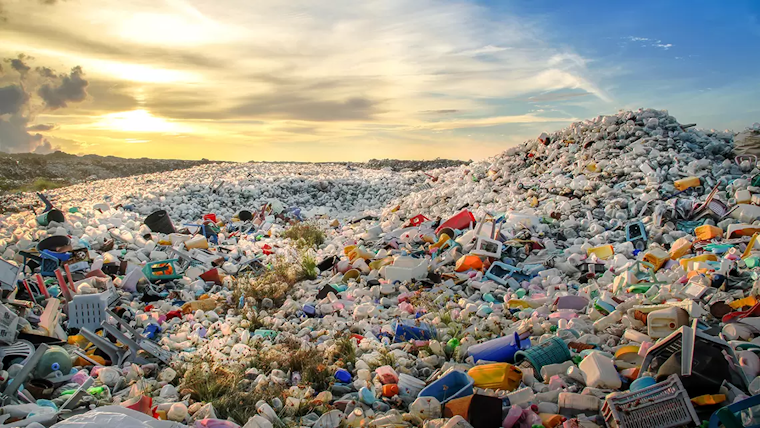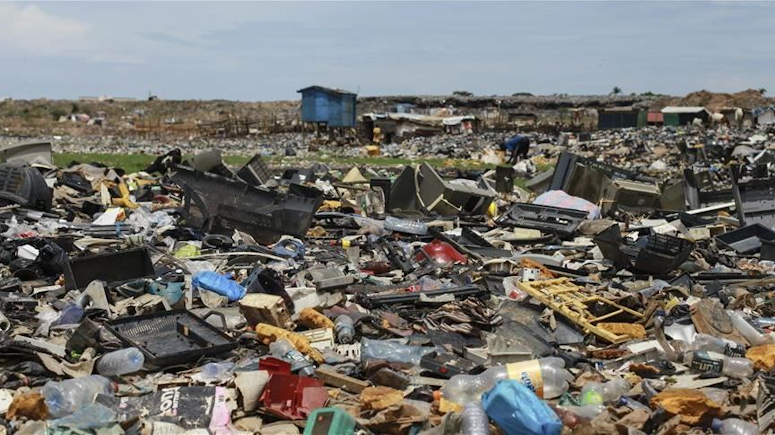Waste management is an essential function of any society as it helps in maintaining public health, sanitation, and the environment. The United States is one of the largest generators of waste globally and has a sophisticated waste management system. In this article, we will discuss waste management statistics and facts in the United States.
Overview of Waste Management in the United States
The United States generates a significant amount of waste each year. According to the United States Environmental Protection Agency (EPA), the country generated 292.4 million tons of municipal solid waste (MSW) in 2018, which is equivalent to 4.9 pounds of waste per person per day. MSW is a type of waste generated from households, businesses, and institutions.
Waste Generation and Disposal
The majority of MSW generated in the United States is disposed of in landfills. In 2018, 52.1% of MSW was disposed of in landfills, 25.8% was recycled, and 22.1% was incinerated for energy recovery. The amount of waste disposed of in landfills has decreased over time, while the amount of waste recycled has increased. In 1980, 89% of MSW was disposed of in landfills, while only 10% was recycled.
Recycling in the United States
The recycling rate in the United States has increased over the years. In 2018, the recycling rate was 25.8%, which is higher than the 9.6% rate in 1980. However, the recycling rate has remained relatively stable over the past few years. The most commonly recycled materials are paper and cardboard, followed by yard trimmings, metals, and glass.
Electronic Waste
Electronic waste, also known as e-waste, is a growing concern in the United States. E-waste includes electronic devices such as computers, televisions, and smartphones. These devices contain hazardous materials such as lead and mercury, which can harm the environment if not disposed of properly. In 2019, the United States generated 6.9 million tons of e-waste, and only 1.2 million tons were recycled.
Food Waste
Food waste is another significant issue in the United States. In 2018, the country generated 63 million tons of food waste, which is equivalent to 21.3% of MSW. Food waste is a problem because it contributes to greenhouse gas emissions when it is disposed of in landfills. In addition, it wastes resources such as water, energy, and labor used in producing, processing, and transporting food.
Plastic Waste
Plastic waste is also a growing concern in the United States. In 2018, the country generated 35.7 million tons of plastic waste, of which only 3.1 million tons were recycled. Plastic waste is particularly harmful to the environment because it does not biodegrade and can persist in the environment for hundreds of years.
Conclusion
Waste management is a critical issue in the United States, given the amount of waste generated each year. Although the country has made progress in reducing the amount of waste disposed of in landfills and increasing the recycling rate, more needs to be done. Addressing issues such as e-waste, food waste, and plastic waste will be critical in reducing the environmental impact of waste in the United States.






